by Ken Long
In any profession that features a strong human performance factor, there will surely be a mix of both art and science that contributes to the final product and performance level. Since the trading profession incorporates such a large amount of human psychology at both the individual and organizational level, it’s worth considering how both art and science are reflected in your own trading practice. It’s also good to know how strong you are in both dimensions so that you can insure you leverage your strengths while protecting your weaknesses.
The scientific aspect of trading has a lot to do with quantifiable considerations like:
statistical analysis of market conditions
statistical analysis of trading results
statistical analysis of various trading systems in order to rank them by effectiveness and risk adjusted return
the predictive power of back-testing and forecasting algorithms
analysis of repeatable events in order to find efficiencies and economies of scale, such as in hardware and communications throughput factors
at institutional level, the relationship between now and supply and demand in determining price
the ability to forecast market responses based on the law of large numbers and mass psychology
identifying causation and correlation between variables
identifying cause-and-effect relationships
creating and testing trading hypotheses
The artistic aspect of trading has to do with qualitative judgments that are much more interesting to most traders who share the all too common dislike of all things scientific:
self-knowledge in terms of skills attributes and trades
psychological and cognitive biases that interfere with trading proficiency
interpretation of news events for scenario-based trading
hedging positions against forecasted risk scenarios
the great area in between the black and white of trading rule sets where the trader’s interpretation and judgment that the rules
identifying trading strategies, market’s targets that harmonize with your preconceived notions of how the market works and where your edge exists
the application of the insights from psychology and sociology into human performance
tolerance of uncertainty, ambiguity and risk
articulation and operationalization of goals and objectives into quantifiable measures
qualitative descriptions of successful outcomes of your trading practice
These two lists just scratched the surface of the art and science of trading. You should be able to see how both of these domains are powerful influences on the final outcome of our trading practice. Finding the proper blend between these two domains that represent the two halves of our brain will be crucial to your success as a trader

